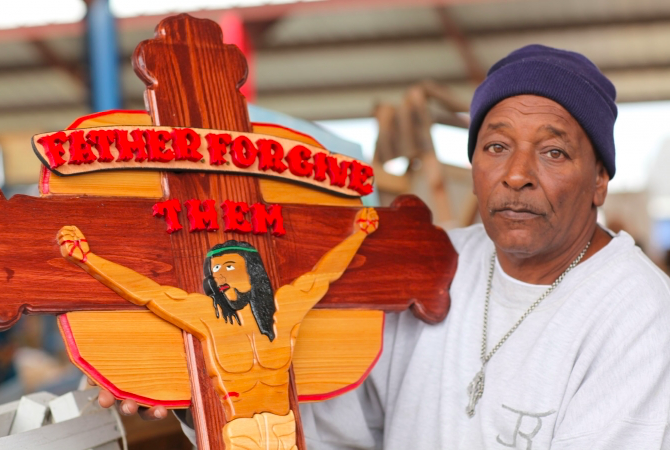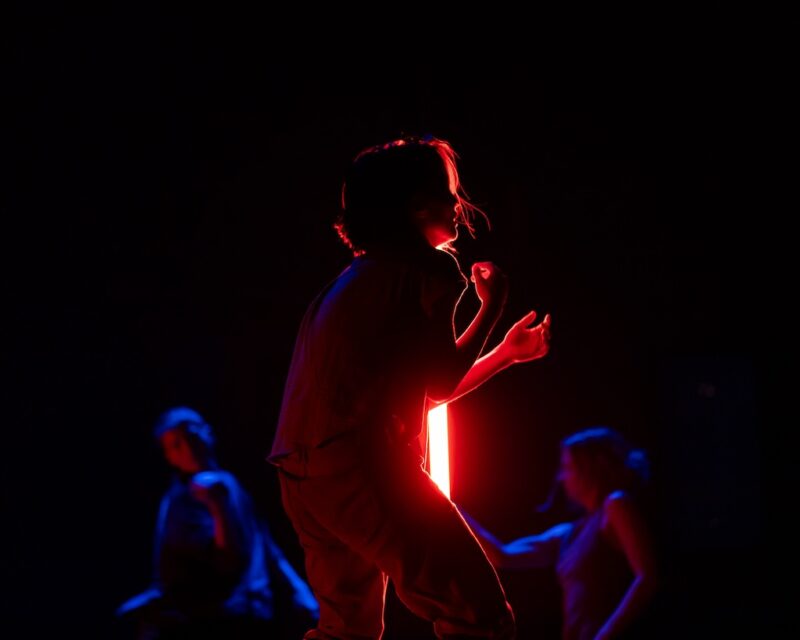AFRAM dawned bright and blinding, like most festivals in the city this summer do. It could have been the heat, the long walk into the main stage in Druid Hill Park, the heady smell of fried food, the general bewilderment that comes with being an outsider—I don’t know. But I did feel a certain trepidation walking up to the festival, one of the biggest celebrations of African American culture on the east coast, because this wasn’t my community to write about and I didn’t want to get it wrong.
My first realization once I was in the thick of it was that I had been mistaken to think of it as a homogenous entity at all, this vibrant, multicultural festival that featured performers such as Dru Hill and Rick Ross and Teddy Riley, along with plenty of food, art, fashion and more. A stage flanked with two screens, multiplying the sight that is Sevyn Streeter in a flaming orange outfit, put out the kind of infectious energy that made the immediate surroundings undulate in a synchronized dance with her. Beyond the dancing crowd, a vast expanse of steaming green grass peppered with lawn chairs and umbrellas and grey-haired elders calmly taking in the madness, keeping an eye on grandchildren doing cartwheels and playing catch with abandoned pineapple shells that once held piña coladas.
More things to take in: Patterns on voluminous skirts and tunics at the stalls that made me miss the block-printed fabrics I grew up around in Calcutta. A tall man with graceful hands offering dabs of perfume from glass distillers that made me think of the essential oils called ittar that are a mainstay of busy marketplaces in cities at home, and several other souks and bazaars around the globe. Artwork everywhere—tapestries, textiles, carved wooden mirrors, canvases, beadwork. The Baltimore steel orchestra in a shaded but raucous nook away from the main stage. Several organized dance-offs, but also several instances of spontaneous dancing. This wasn’t my community to write about because it wasn’t just one entity—AFRAM to me felt like a conglomeration of diverse, rich communities that make up an identity that is often painted with a broad brush.
Text by Priyanka Kumar, photos by María Sánchez.





















